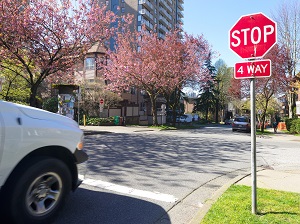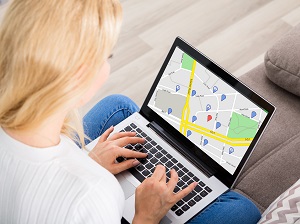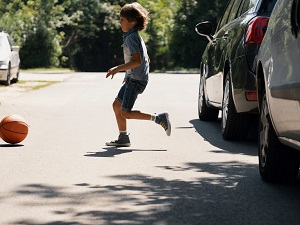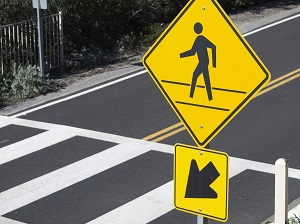Important defensive driving tips for safe drivers to practice on every drive, including preparation, observation, visibility, and anticipation.

Defensive driving means anticipating other drivers’ mistakes, keeping an appropriate distance from other vehicles, maintaining a safe speed, and staying alert for possible risks on the road.
Being an attentive driver, and looking out for the driver who isn’t, is increasingly important. While motorists cannot control other drivers' actions, there are many defensive driving skills that can help drivers reduce the hazards caused by other’s bad driving behaviors.
There are several key terms that describe the skills that defensive drivers must practice, including preparation, observation, visibility, focus, anticipation, and caution.
Defensive driving starts with safe and steady driving. Drive the speed limit, but travel with the flow of traffic. Avoid sudden stops, changes in speed, and unexpected lane changes. Maintain one car’s length of distance between vehicles for every 10 mph of traveling speed.

Before starting any drive, preparation is important to make every trip a safe one. Always wear a seat belt. Ask passengers to buckle up too.
If you need to follow directions to get to your destination, review the route ahead of time and program a navigation system that uses audio before leaving. Check traffic and road conditions and if possible, plan to avoid routes with traffic congestion, work zones, school zones, or other hazards.
Secure all tools and equipment or put them in the trunk (or outside the passenger compartment). During a crash or when making sudden maneuvers, loose objects can slide around or become airborne, injuring the driver and any passengers.
Keep the gas tank at least half full (or the battery charged) and always have a 24-hour roadside service number on hand.
When driving an unfamiliar vehicle, such as a rental, learn the vehicle’s controls before driving.

The best defensive drivers become masters of observation. Constantly observe your surroundings and check rearview and side mirrors frequently. Scan the roadway for traffic and distant hazards, not just the vehicles in close proximity.
Pay attention to what the surrounding vehicles are doing. Safe driving practices require that you constantly search the roadway ahead for situations that could require you to take quick action.
Improving visibility while driving increases safety for everyone. Use turn signals, turn on headlights at dusk or during rain, and ensure brake and taillights are operational.
Keep windows, lights, mirrors, and glasses clean to ensure smudges and grime aren’t hindering your view while driving. This includes the windshield, all windows, side mirrors, rearview mirror, headlights, taillights, eyeglasses, and sunglasses.
Check mirrors and blind spots before changing lanes, turning, or merging. Take care to stay out of other drivers’ blind spots as much as possible.
Always give large trucks extra room to turn. Remember, truckers cannot see a vehicle if the motorist cannot see the truck’s side mirrors.

Defensive driving requires focus and attention that can help motorists avoid crashes and other roadway dangers. Recognize that driving requires your full attention.
Limit distractions while driving. This includes any actions that can take your eyes or your attention off the roadway like eating, reading, grooming, reaching for items, texting or using a cell phone, or even an intense conversation with a passenger.
Driving requires quick instincts and reactions so it’s important to stay alert. Do not get behind the wheel if you are impaired due to any reason including alcohol, drugs, prescription medication, fatigue, or pain. Avoid driving when tired or sleepy.
While driving, anticipation is an important skill. Drivers are constantly doing their best to anticipate the actions of others including other motorists, bicyclists, motorcyclists, commercial motor vehicle (CMV) drivers, and pedestrians.
Expect the unexpected to come from side streets, driveways, and parking lots. Be prepared to react appropriately.
Watch for drivers who shift from one lane to another. Do not get boxed in by traffic in such a way that would limit your opportunities for a quick reaction if something unexpected happened on the roadway.

Use caution and pay extra attention when approaching work zones, intersections, and school zones or when traveling in poor weather conditions.
Don’t wait to merge when traffic signs indicate a lane closure. Turn your blinker on and merge when it is safe to do so at your earliest opportunity.
Traffic patterns in work zones can change daily. Always follow the instructions provided by roadway signs and follow the signals issued by flaggers.
Look for cross traffic in all directions before entering an intersection. Do not assume that other drivers will yield the right of way. When reaching an intersection at the same time as another vehicle, allow the other vehicle to go first unless the driver signals otherwise.
Always follow the posted speed limit and remain distraction-free while in a school zone.
Slow down and increase the distance between vehicles when driving in bad weather.

.jpeg)


.jpeg)
